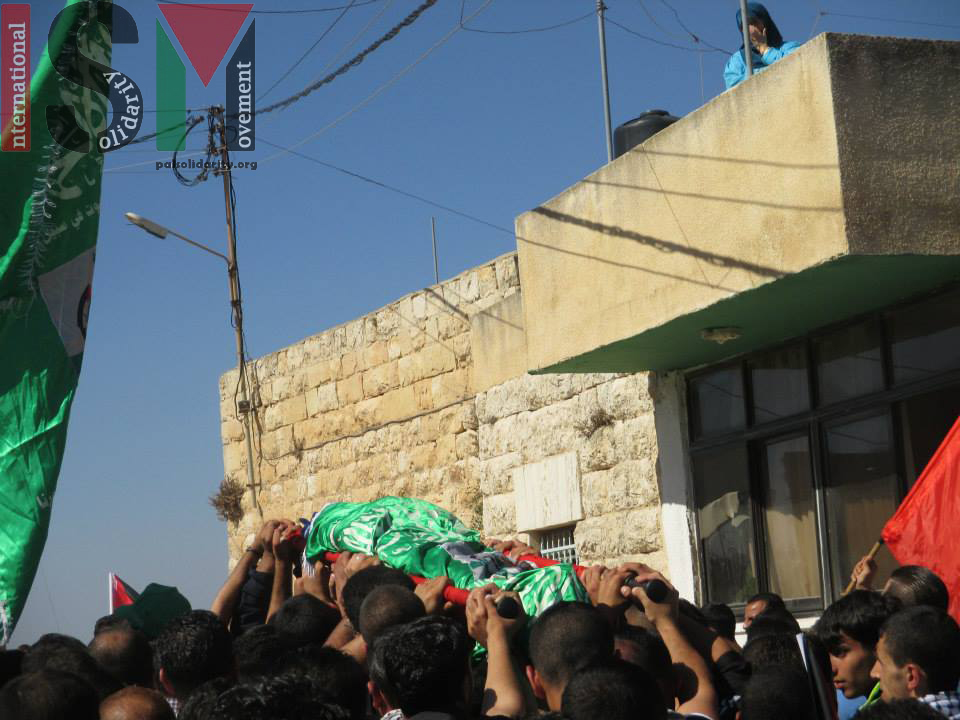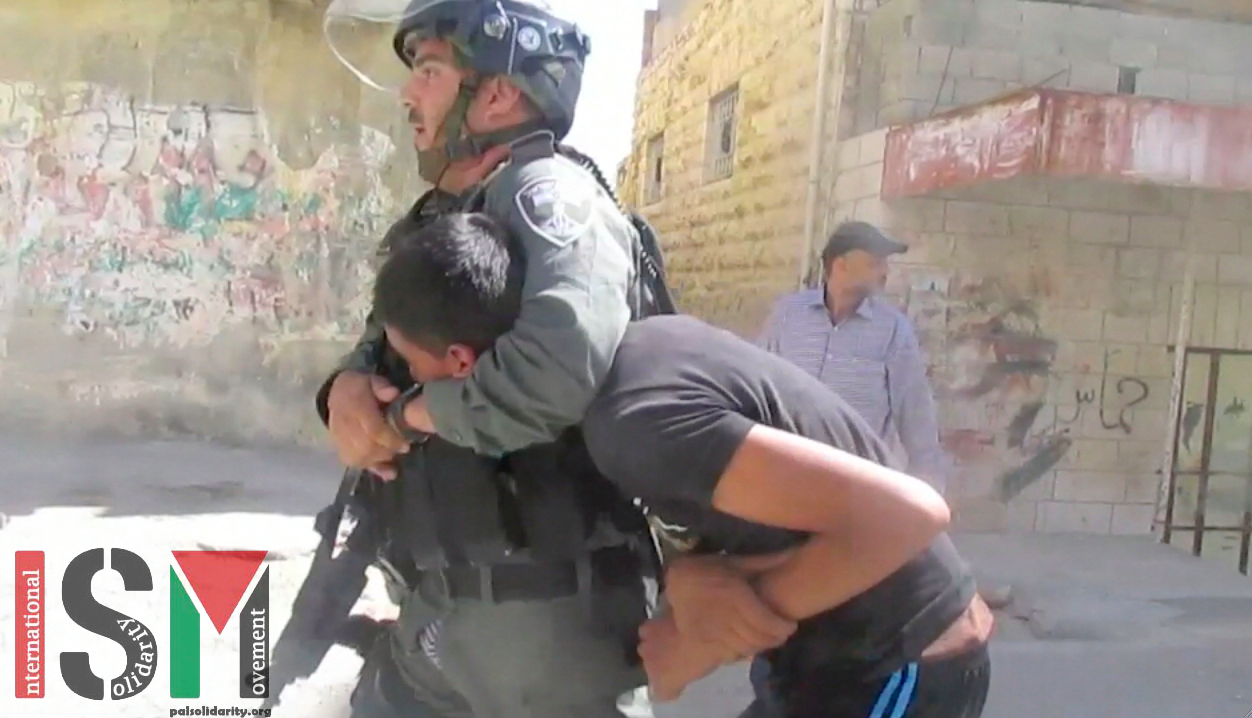Tag: Rubber-coated steel bullets
-
Clahes after funeral for murdered Orwa Hammad
27th October 2014 | International Solidarity Movement, Ramallah team | Silwad, Occupied Palestine Yesterday a funeral was held for 14-year-old Orwa Abd al-Hadi Hammad, shot dead by the Israeli military on Friday, in the small village of Silwad close to Ramallah. Orwa was shot dead by Israeli forces on Friday, during a demonstration at the edge of the small village of…
-
VIDEO: Israeli forces arrest two children and fire 29 rounds of tear gas at schoolchildren
23rd September 2014 | International Solidarity Movement, Khalil team | Hebron, Occupied Palestine Today at Salaymeh checkpoint in Hebron, Israeli forces fired 29 rounds of tear gas and 5 stun grenades at children going to school. The morning started off peaceful as children passed through the checkpoint but as word spread that two Palestinians had been…
-
Tear gas, rubber-coated steel bullets, and arrests
19th September 2013 | International Solidarity Movement | Occupied Palestine Every week, several villages across the West Bank demonstrate against the Israeli occupation of Palestine. This week, ISM activists attended protests in the villages of Bil’in, Ni’lin, and Nabi Saleh. During the demonstration in Bil’in, Israeli soldiers shot mass amounts of tear gas at peaceful protesters. Many Palestinians…



